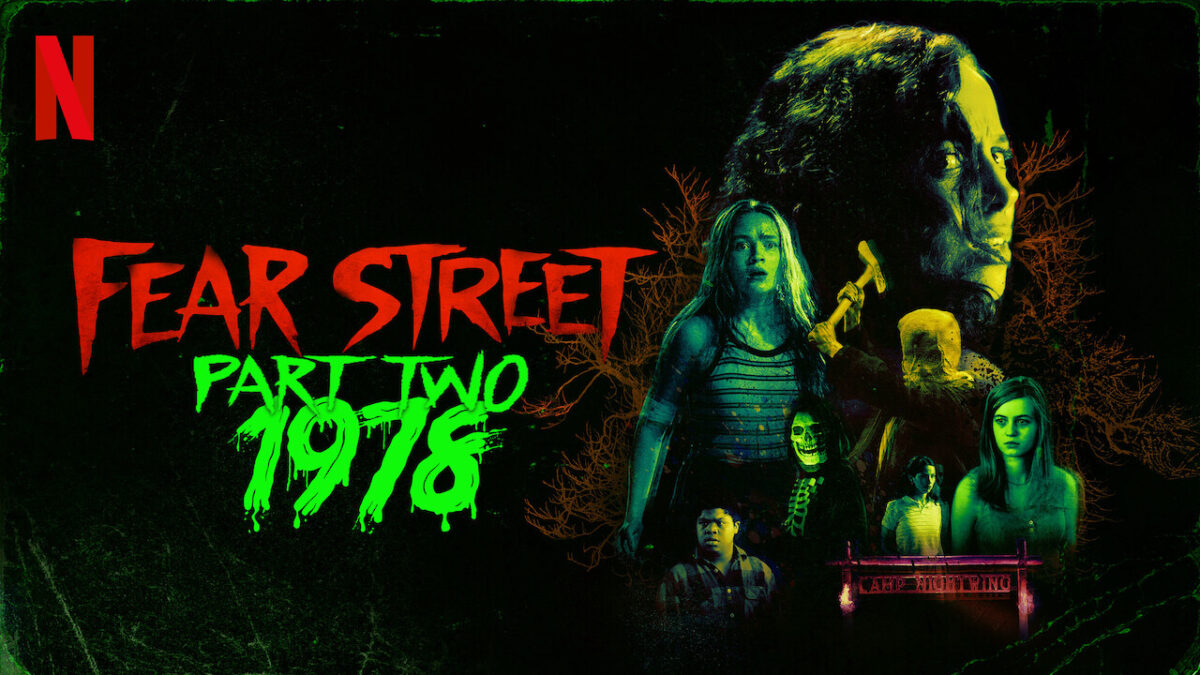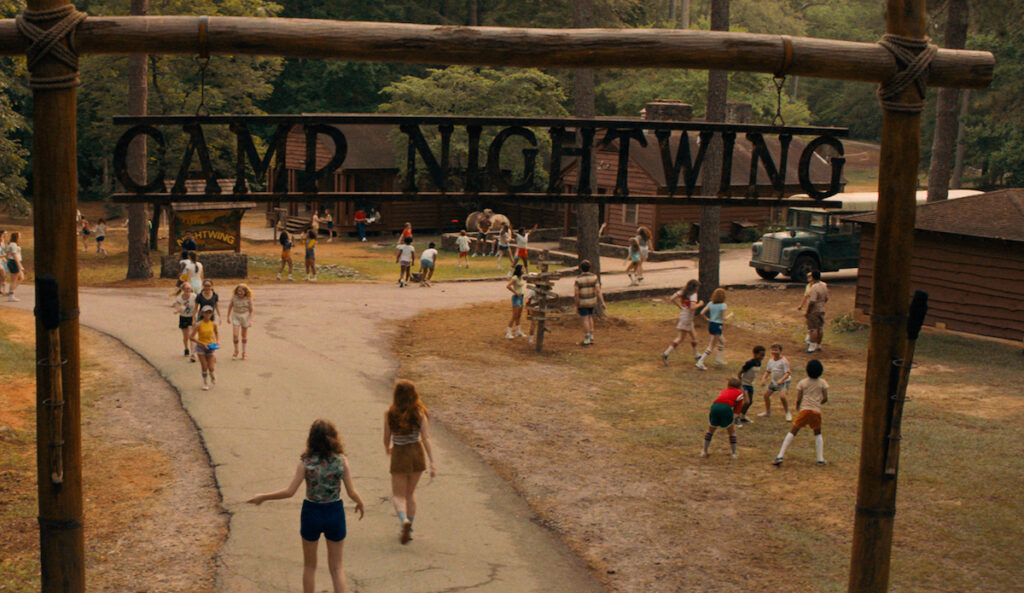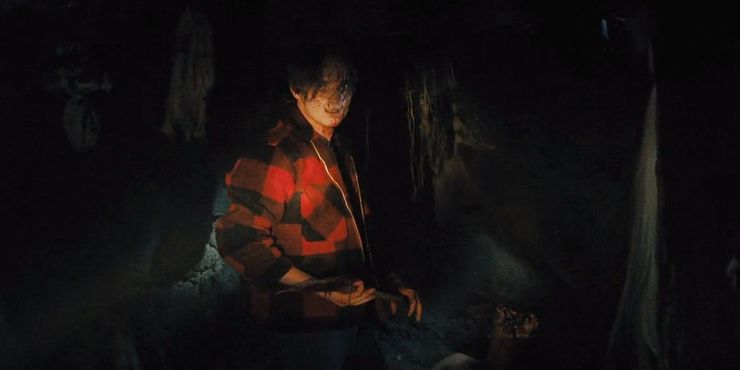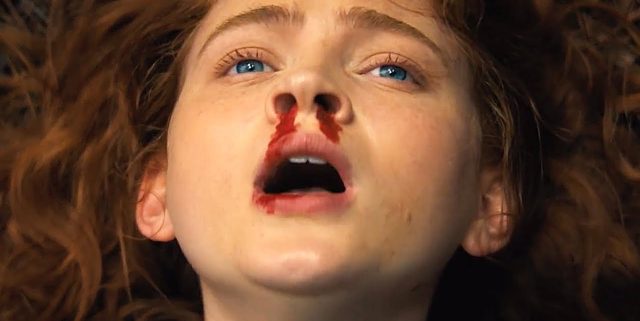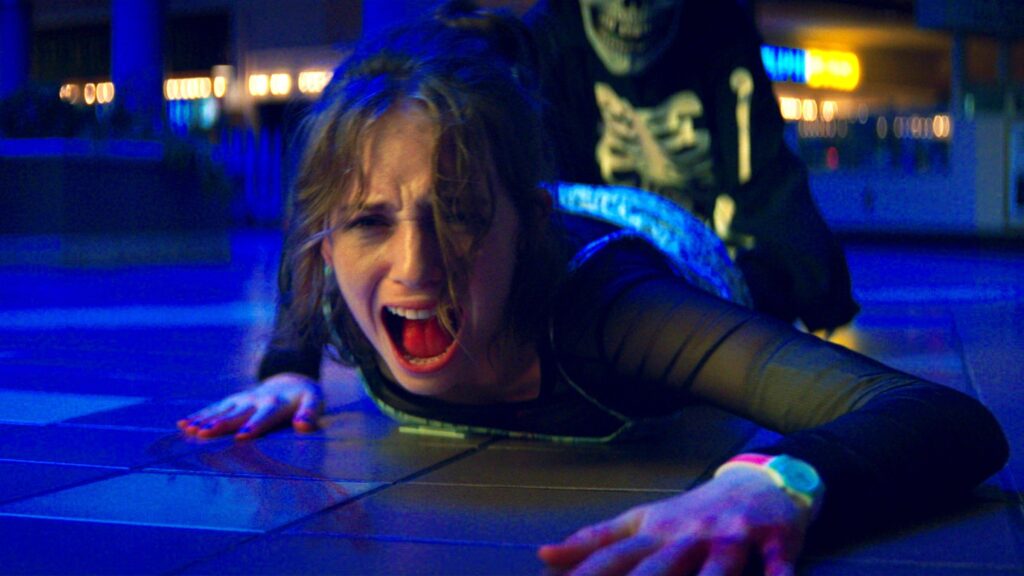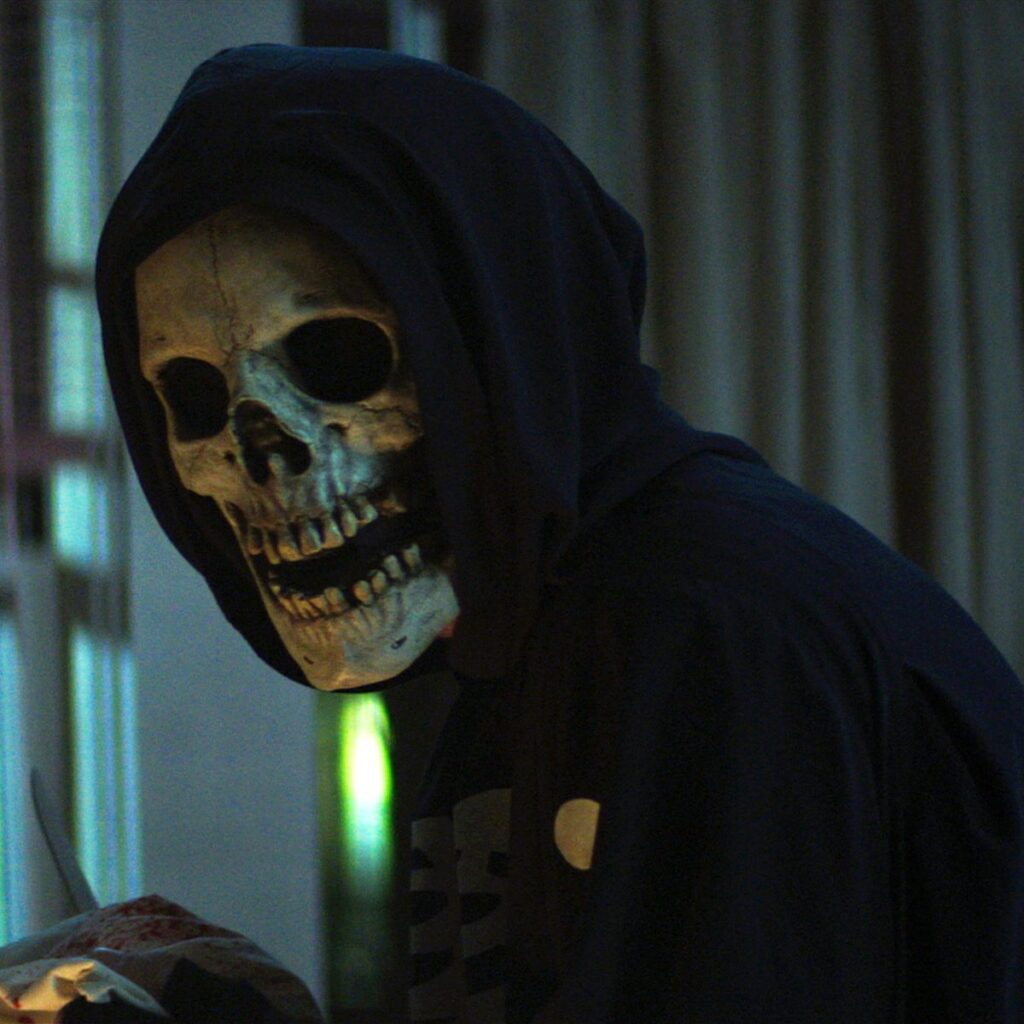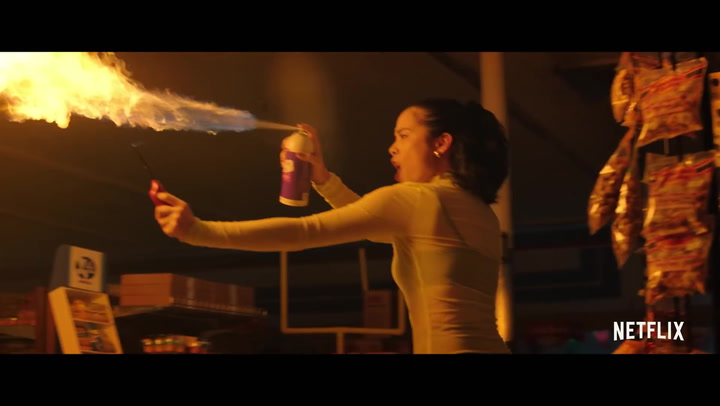Review: Fear Street Part Three: 1666

In a bold move Fear Street Part Three: 1666 travels back in time to the 1600s, a period plagued by witch trials that saw countless women being executed due to falsified mass hysteria. Although the Fear Street trilogy prefers to stay on the slasher path, the inclusion of bygone times inserted a rich narrative history that prevented the film from falling flat and suffering from a shallow ending.

Fear Street: 1666 begins where we left off in Part Two: 1978, as Deena (in 1994 present time) is shown the real story of Shadyside’s local legend Sarah Fier, a witch who was hung from a tree and cursed the soil beneath the town. Across the flashback we see Fier and her brother Henry live peacefully in a small settlement known as Union, which would go on to be the grounds of Sunnyvale and Shadyside. The commune is bound by archetypal laws surrounding pilgrim beliefs, therefore when the local pastor suddenly kills the town’s children the sole cause of his madness must be down to witchcraft. To make matters more damning, Fier and the pastor’s daughter Hannah begin a forbidden affair, thus enforcing the belief that they are the dark force behind the pastor’s breakdown.
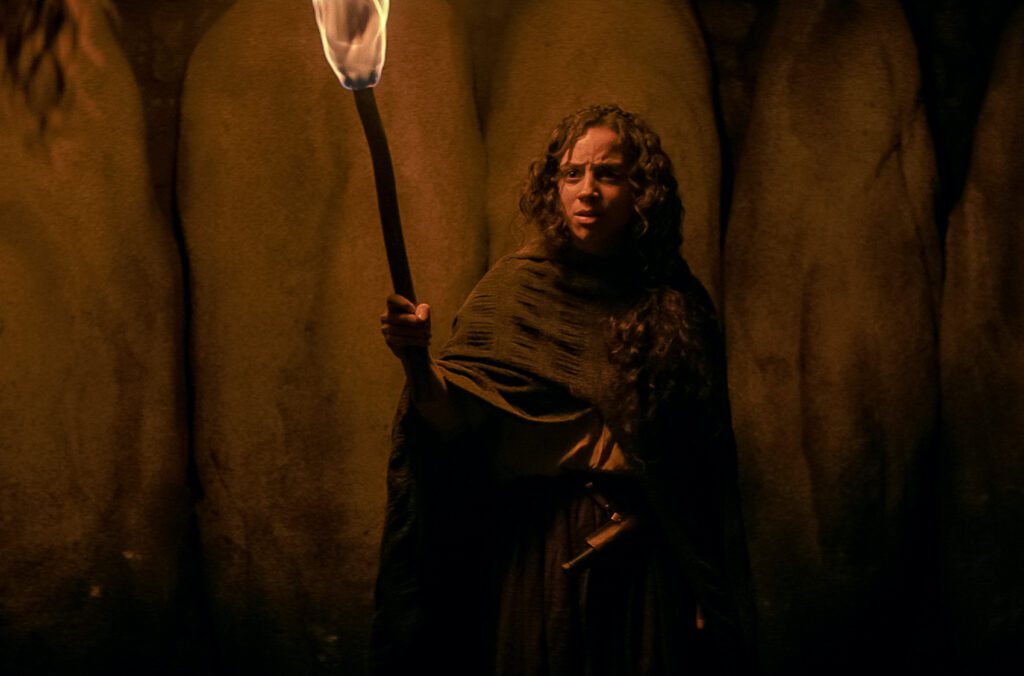
The film divulges a heavy subplot surrounding Fier’s actual lack of malice and the conceited misfire concerning her execution. Fear Street: 1666 is laden with bolshy twists that are not afraid of bullying the audience into submissiveness. If we were to write down the story beats and major plot twists it would be a convulsed mess. But director Leigh Janiak makes it work, mostly due to the impeccable set design that has every intention to immerse us into the world of Fear Street, but also primarily due to the thoroughly written characters whose arcs never become dull, or predictable. However, this riveting grab that these characters have on us wouldn’t be as strong if it was not for the striking performances.
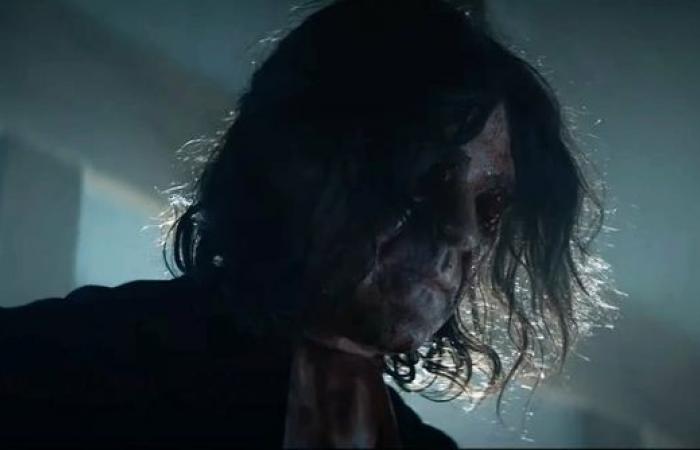
At the end of 1978 the preview revealed that the land of Union would be made up of characters who we’ve already seen throughout the previous films. They would be playing their ancestral versions of themselves. Upon first glance I was not entirely enthusiastic about this idea as truly I was excited to see some fresh faces, nevertheless, Kiana Madeira (Deena), Ashley Zukerman (Nick), Gillian Jacobs (Ziggy), Olivia Scott Welch (Sam), and Benjamin Flores Jr. (Josh) all took to their roles with ease. The same thing however cannot be said for the abominable Irish accents that they had to put on. Though I’ve decided to pardon that, as I suppose you could say that the dialect tone could be a translation of early settlement accents? Yeah, we’ll go with that…
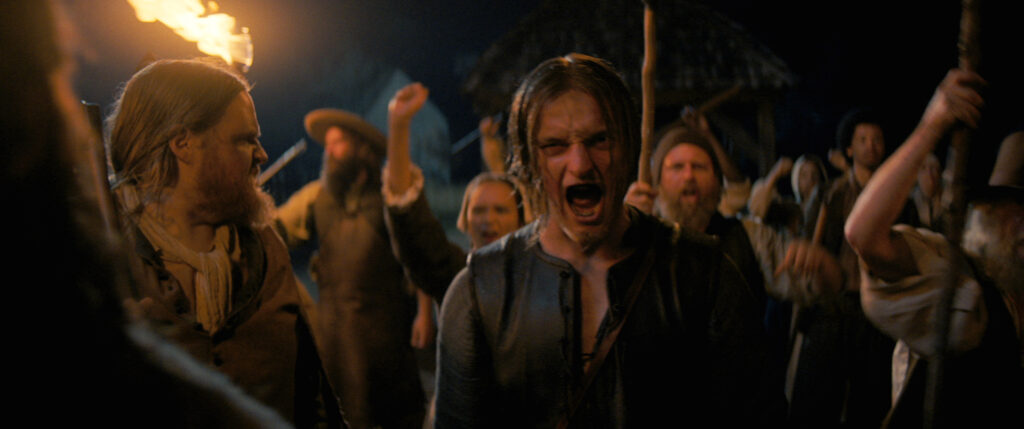
Moving on, the pacing thrives across the first act, and as we reach a good bubbling point of tension towards the middle, the film does a 180 and reverts us back to the present (1994), with the title card simply reading 1994 Part II. It certainly came as a shock as the narrative was very much on a roll. But, the disappointment over an abrupt halt soon diminishes as 1994 Part II brings a whole new outlook to the series.
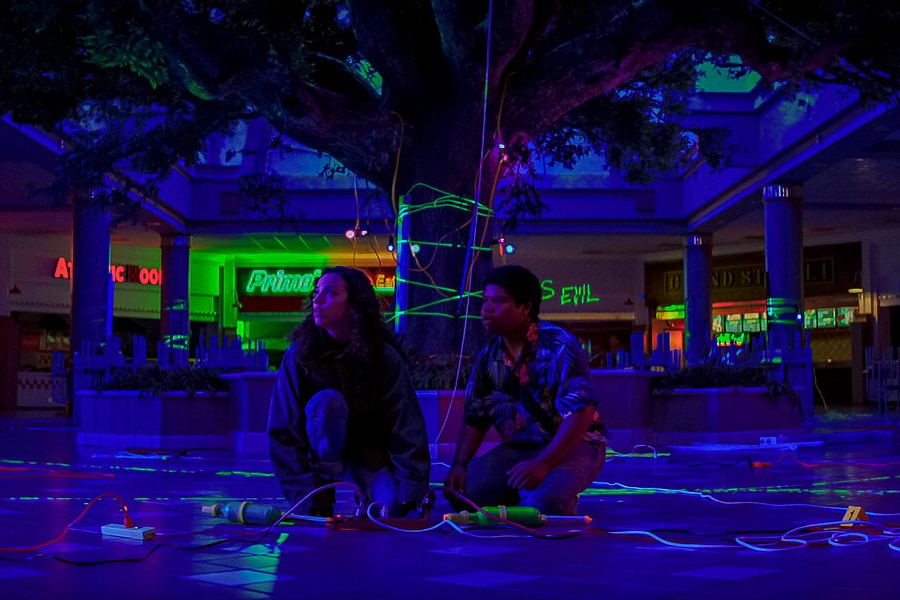
Across the first two films and most of 1666, the plot mainly relied on the mystery of events, with the story encompassing the history of Shadyside, as well as how to defeat the curse, how to get Sam back, and how to put Fier’s rage to rest. 1994 Part II decides to not wallow in the copious ‘hows?’ Instead it finally dishes out the answers and exposes the secrets we’ve been waiting for this whole time. Coupled with the long-awaited revelations is 1994’s aesthetic that focuses on encapsulating 90s iconography through stylizing nearly every scene in vivid neon lighting and having the final battle be in a mall. Although the second half is a visual world away from the earthy land of Union the juxtaposition works and keeps the setting very exciting.

Across the Fear Street trilogy Janiak has had no issue in cementing an intrinsically rich backstory that undoubtedly anchors on the marriage between patriarchy and sorrow. Without divulging into spoilers, Fier’s death was not as simple as a hanging due to witchcraft, alternatively, her demise was met thanks to the Union’s fear of emasculation and the creation of marginalised groups. Furthering the tone of malevolent connotations of good natured people perceived as evil is the Fear Street killers.
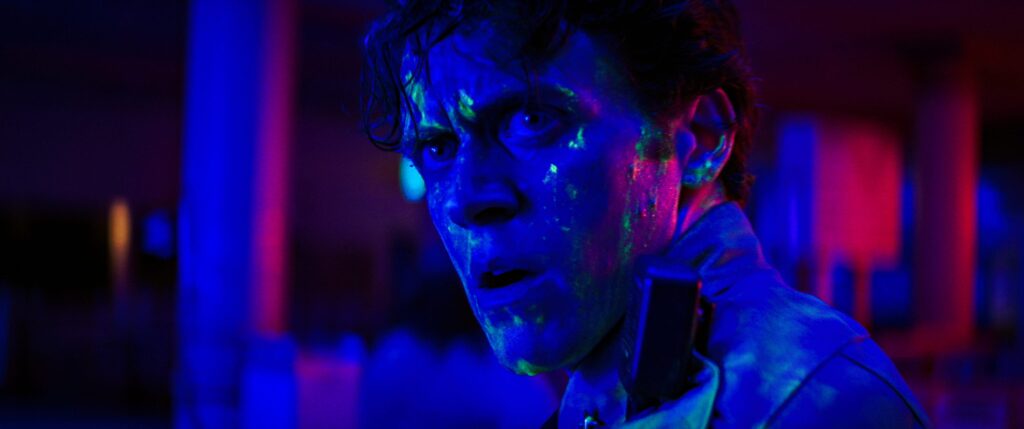
1994 and 1978 established that these gruesome murderers did not transform into immoral beings on their own, they were possessed and unaware of their actions. Essentially the turn of their possession resulted in their death as if their skin was a suit in which corruption could flourish in disguise. The caring Tommy who turned into the Camp Nightwing murderer was not consciously committing these acts, neither were Ruby Lane, and Ryan Torres (Skull Mask). These disempowered beings were convicted for no fault of their own, similarly to Fier’s fatal end.

The opinion that modern horror cinema is soaked with faults is one that I do not agree with. In fact, there are countless films that will still be discussed in years to come that have only been recently released. The Fear Street trilogy proves that the nostalgic spark that many are unable to find in newer horror films is achievable once again. The trilogy may not be to everyone’s taste, but it certainly was to mine. Everything from the timing of the releases, down to the quintessential details was exemplary, and I will sorely miss not being able to get a new slice of Fear Street every Friday.
This weeks article comes via Grace from Film Overload, you can check out more of her work here.

